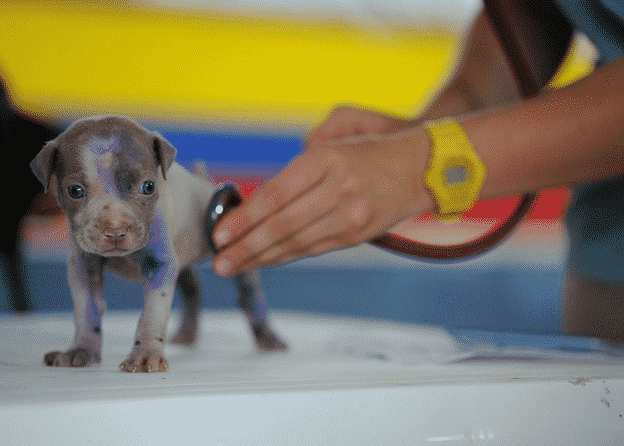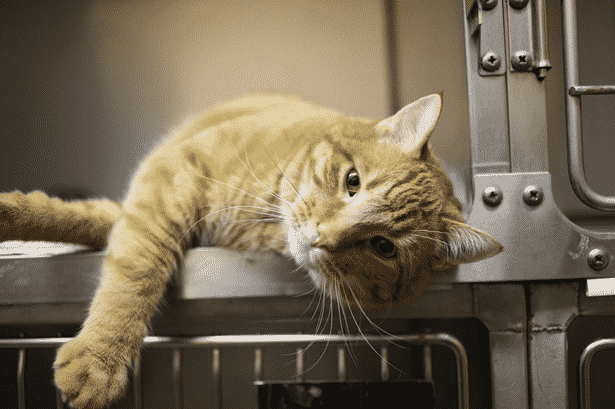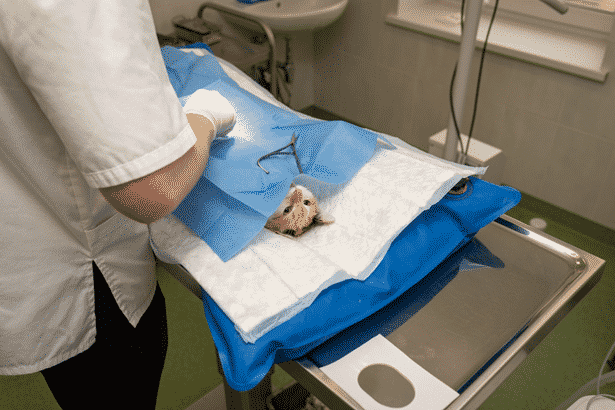

How to Check Your Pets for Lumps in Four Easy Steps?
"Want to ensure that your pet’s health is in good shape? Don’t forget to check them for lumps. Read further to find out everything you need to know about checking your pet for lumps. "
As a pet parent, you want to ensure that your fur baby is healthy and happy. While many pets do communicate their discomfort through non-verbal cues, sometimes, it may be hard to understand them. Therefore, you should make sure that their health is in great shape by checking them yourself or taking them to a vet.
Just like humans, animals can also have lumps and bumps on their skin, serving as an indicator of a more serious problem.
Here is a complete guide on how to check for lumps on pets.
1. What Are Lumps?
Although lumps are most commonly found in older pets, they can also occur in younger pets as well. Any lumps or bumps on your pet require a proper checkup. While sometimes these lumps are harmless, they can be a more severe indicator or a bigger concern. In any case, the lumps found on your pet shouldn’t be ignored. They don’t go away by themselves, and even though they a common occurrence, they aren’t normal.
All pet owners are recommended to check their pet’s body regularly. This will allow you to familiarize yourself with what’s normal, making it easier to notice any abnormalities or changes in your pet.

2. Checking For Lumps on Pets
Here are a few ways you can check and identify lumps on your pet.
2.1 Check for Lumps
The best way to check for any lumps or bumps on your pet is by running your hands on their coat, starting with their head. Slowly move down to their back, sides, chest, belly, legs, and finally the tail. The ideal time to do this is during your pup’s bath time; it gives you a good opportunity to wash your canine while giving them a good checkup.
2.2 Examine Closely
When checking your pet, if you notice something unusual like a new lump, you need to take time to examine it properly. Here are some questions you should answers when assessing new lumps:
- Is it underneath the skin or is it on the surface?
- What is the size and shape? – Use references to common objects to accurately explain the size of the lump.
- Is it raised or flat?
- Is it smooth or bumpy?
- Is it soft or firm?
- Does it move?
- Is it bleeding?
When inspecting your pet, make sure that you scan your its body for any other masses and make a note of them as well. You will need to note down a few things, such as how long they have been there, any changes in the color, size, shape, texture, or firmness of the masses, and if your pet has a sore that isn’t healing.
The more information you can gather to give to your vet, the better it will be.
2.3 Mark the Spot
If you have an older pet or one who’s prone to massive, it can be quite hard to keep track of any new growths on their bodies. Once you’ve checked your pet thoroughly and identified all lumps, it’s imperative that you either note them down or otherwise, mark the location of every spot. This can be really helpful for you in successfully locating any masses again while keeping track of any big or rapid changes.
2.4 See a Veterinarian
Even though all lumps aren’t always a cause for concern, but they can still be very dangerous when left untreated. If you spot any lump or abnormal growth on your pet, you should immediately schedule an appointment with your veterinarian.
Your vet will perform a complete and comprehensive physical exam, looking for lumps on the neck, trunk, limbs, chin, shoulders, and even behind the knees. They will also palpate the abdominal area of your pet to check for any potential massive within its body.
Moreover, your vet might also check your pet’s mouth. This is because a thorough examination of your pet’s mouth allows early detection of malignant cancers that often go unnoticed until they become advanced.
Just like you, your vet will also create a record for all the masses and lumps along with their locations to monitor any changes that might occur over time.

3. Types of Lumps
Lumps are commonly found on pets. Even though there are a number of lumps out there, we have listed some of the most common ones below. Remember that in every case, it is vital for your vet to make a proper diagnosis.
3.1 Lipomas
The most common lump found in pets, specifically those that are overweight. These are typically benign cancers that grow very slowly and rarely spread. However, in certain cases, they need to be removed.
3.2 Mast Cell Tumors
These tumors are quite widespread amongst pets and take on various appearances. Mast cell tumors can be quite serious, which is why early detection is vital.
3.3 Mammary Tumors
Even though some lumps in the mammary glands are female pets are rather evident and visible, others than can’t be seen, are those that fall into the category of more aggressive types of cancer. Mammary lumps also occur in male pets and can take especially terrible forms.
3.4 Warts
Warts are a popular occurrence in older animals. They appear as a tag of skin attached to the coat of a pet. While they aren’t very dangerous, they can be pretty irritating and therefore, need to be removed.
3.5 Histiocytoma
This is a red button-like lump usually found in younger pets. Even though they typically fade away in a few months, you should still get it checked by your vet.
4. Final Word
As a pet owner, it is important for you to keep track of any changes in your pet’s health, including any lumps and bumps on their coat. Taking a proactive approach towards maintaining your furry friend’s health will go a long way as it can lead to early diagnosis and successful treatment.
Discover how to create a joyful, healthy home for your pet.
Subscribe to your weekly rundown of practice, real life ideas and training tips straight to your inbox.


